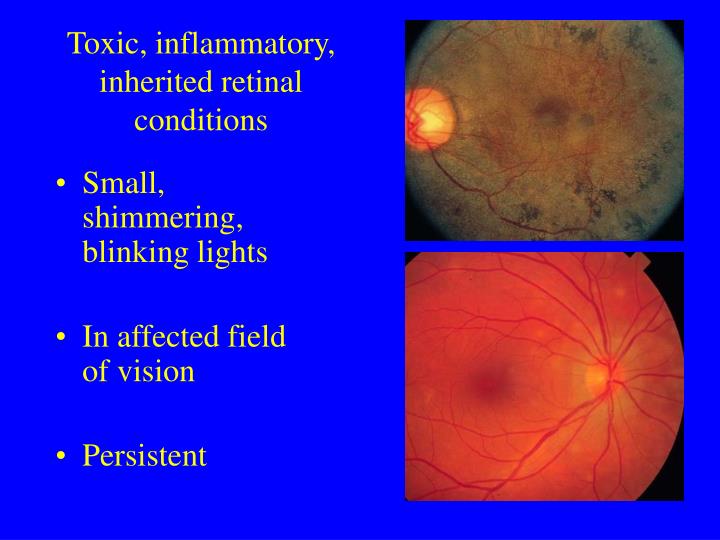

Along with flickering or flashing with eye movement, symptoms include pain, loss of color perception, and vision loss. Optic neuritis is an inflammation that damages the optic nerve. This causes a lack of oxygen to the part of the brain which is responsible for vision and coordination. Vertebrobasilar insufficiency is a condition that occurs when there’s poor blood flow to the back of the brain. Migraines typically cause severe pain in the head, but can also cause visual changes known as auras. Migraines are a type of recurring headache. With AMD, the macula slowly deteriorates which can cause photopsia. The macula is a part of the eye that helps you see sharply straight ahead. Age-related macular degenerationĪge-related macular degeneration (AMD) is a common eye condition among people aged 50 and older. Surgery may include laser treatment, freezing, or surgery. Medical attention is needed to prevent vision loss. This can cause photopsia, but can also cause permanent vision loss. If the retina detaches, it moves and shifts from its normal position. It’s light sensitive and communicates visual messages to the brain. Typically, the flashes and floaters go away in a few months.

However, if it occurs too rapidly, it can cause photopsia which manifests in flashes and floaters in the vision. Peripheral vitreous detachment occurs when the gel around the eye separates from the retina. We recommend our principal optometrist, Danielle Ross, and you can book an appointment here.Several conditions affecting the eyes can cause photopsia to occur. With any vision symptoms, however, the first port of call should always be an optometrist, and specifically one who specialises in binocular vision. If the eyes and vision part of the brain are not the cause for the visual distortion, a specialist optometrist will often then refer you to another specialist, such as an educational psychologist, to see if the cause might be a type of learning difference, such as dyslexia. They will also assess how well the vision part of the brain interprets the visual signals (known as visual information processing or visual perception). A specialist optometrist needs to assess first that the eyesight is normal and that the two eyes are working well together as a team.

The most effective way to tackle any visual distortion is to find out why it is happening and what is causing it. These visual conditions are often related to how the two eyes work together as a team, a skill known as binocular vision. But there are also a number of visual conditions that can also cause these symptoms. Yes, it can be the hallmark symptom of a visual dyslexia or Irlen Syndrome. There are a number of reasons why someone may see text in this way.

It can be the warning signs for some people that a migraine is about to hit, or if it occurs on its own, it's known as a visual migraine or ocular migraine.īecause the sudden onset of flickering, flashing or disturbed vision can be the warning signs of something much more serious, such as a retinal stroke or detachment, it is important to seek immediate attention from your optometrist. Kaleidoscope vision : this is a temporary visual distortion, lasting about 20 minutes and often in both eyes.
#Bright flickery things in my perfeial vision professional#
However, because the eyes and the brain are so complex, this isn't all encompassing, and if you have specific concerns about your eyesight or eye health, we strongly recommend professional advice. So, here I will discuss some common forms of visual distortion. We only know our own visual experience, right? But it occurred to me, often people don't know that the way they see is any different to anyone else. In my previous blog, I discussed some useful tips on reducing visual stress and distortion.


 0 kommentar(er)
0 kommentar(er)
